
In the early days of photography, people relied on pinhole cameras to
AboutTranscript. Cameras use apertures to control the amount of light entering the camera and reaching the image plane. Apertures allow only specific light rays from the scene to pass through, creating a clear image. Pinhole cameras exemplify this concept, using a tiny hole as the aperture to filter out unwanted light rays and form an inverted.
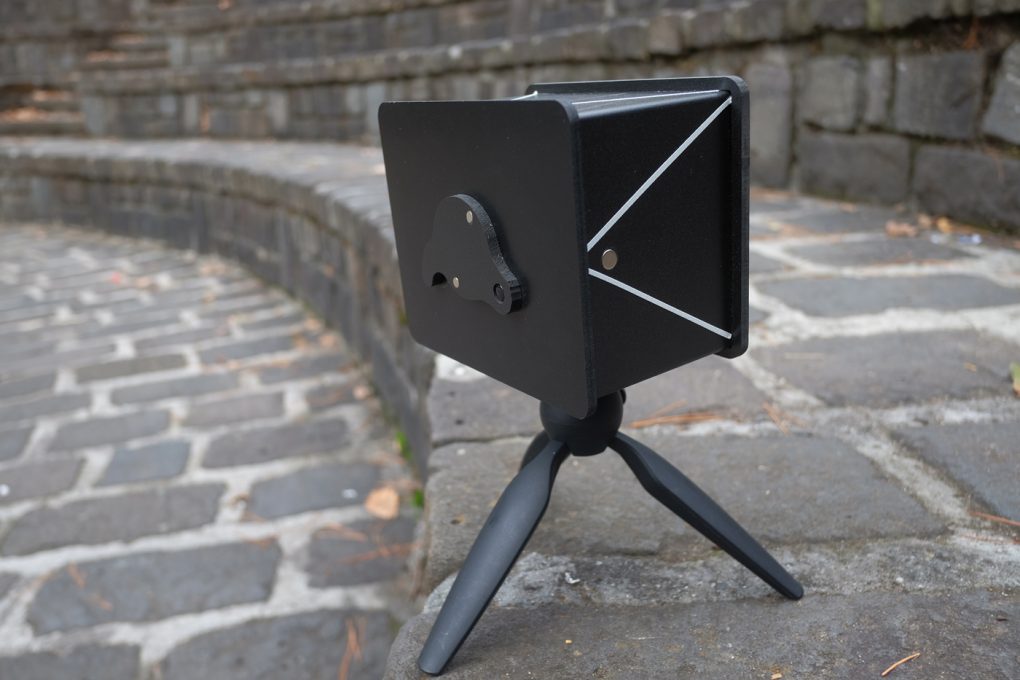
Review IlfordHarman Obscura 4x5 pinhole camera by David Tatnall
Inspired by the great masters, acclaimed photographer Abelardo Morell has revolutionized the ancient camera obscura. By Sebastian Smee. Oct. 2 at 7:00 a.m. 53. ARLES, France — Abelardo Morell.
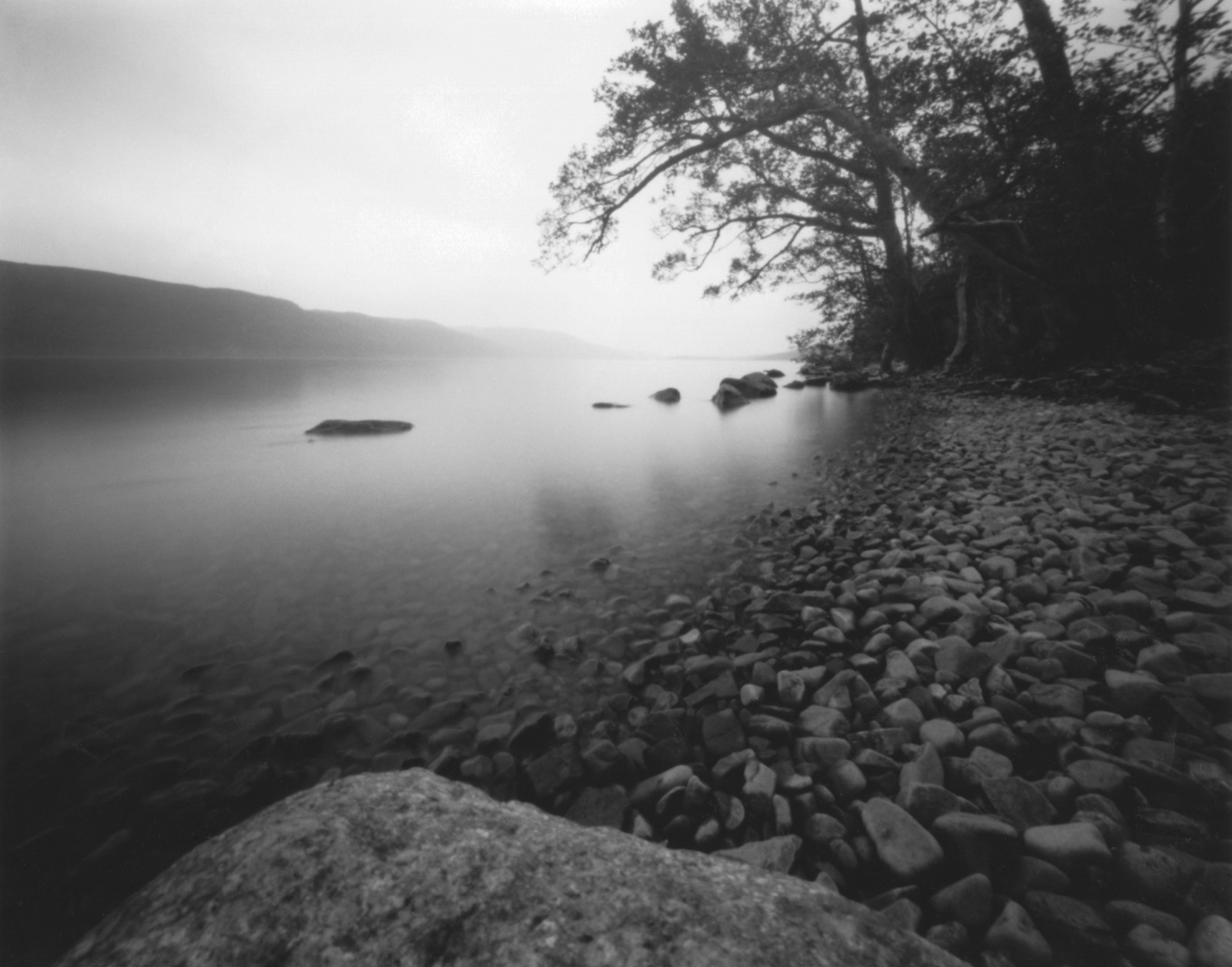
History of the pinhole Corine Hörmann Pinhole Photography
Start making your pinhole camera. Cut a 1-inch to 2-inch square or rectangular hole in the middle of one of the pieces of card stock. 3. Tape on the foil. Tape a piece of aluminum foil over the hole. 4. Poke a hole. Flip over your paper and use your pin, paper clip, or pencil to poke a small hole in the aluminum foil. 5.

The Delights of Seeing Pinhole Photography and the Camera Obscura
The Ilford Obscura Pinhole Camera Kit is a 4 x 5" format camera that accepts either sheet film or photo paper to create unique imagery that exhibits nearly limitless depth of field and requires no focusing. This kit includes 10 sheets of 4 x 5" Ilford Delta 100 Professional film, and 20 sheets of 4 x 5" Ilford Multigrade IV RC paper. The camera's design holds film or paper in position in the.
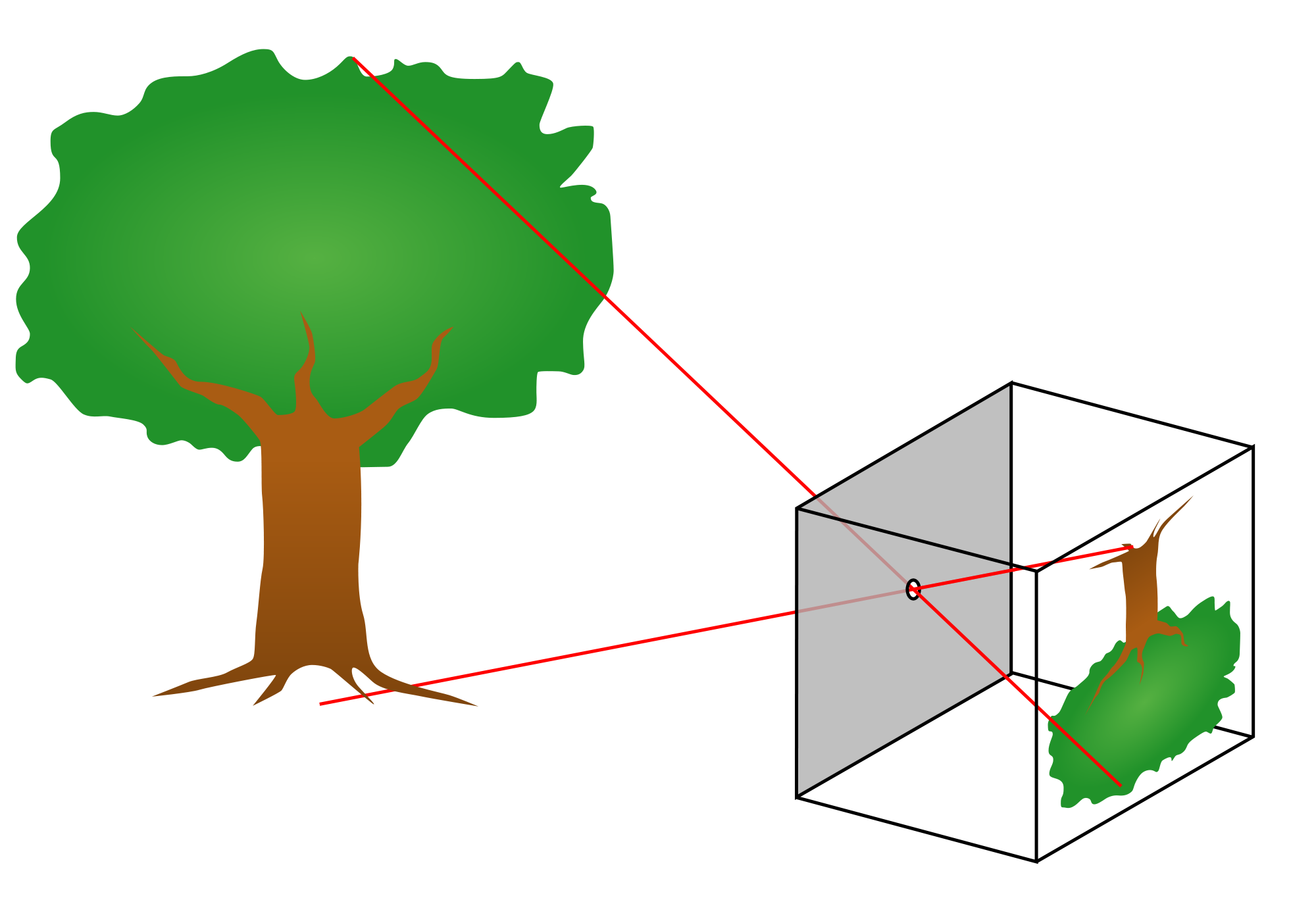
Use Light to Turn Your World UpsideDown! FunsizePhysics
A conventional camera obscura uses a flat mirror that is an inch or two wider than the lens diameter and also about 1.5 times longer than its width. The difference between length and width is cause by the need to place the mirror at 45° to the lens optical axis. For example, a lens of 6-inch diameter would require a flat mirror of about 7×10.

How will you make a pinhole camera?Explain its working. Brainly.in
A camera obscura is any darkened box, tent, or room where an exterior image can be projected inside its confinement through the use of a lens or a hole. A pinhole camera also falls under the category of camera obscura, but as its name suggests, it uses a pinhole as the opening. Because of the tiny pinhole, there is no lens distortion and there.

What is a camera obscura? Camera Obscura and World of Illusions Edinburgh
• Ilford Obscura Pinhole Camera. The Ilford Obscura is a 4 x 5-inch camera with a 26.1 mm lens and a 0.3mm chemical-etched pinhole. It has an 87mm focal length and comes with a magnetic locking shutter for controlled exposure. Accepting either sheet film or photographic paper in the rear chamber. • Scura Tie
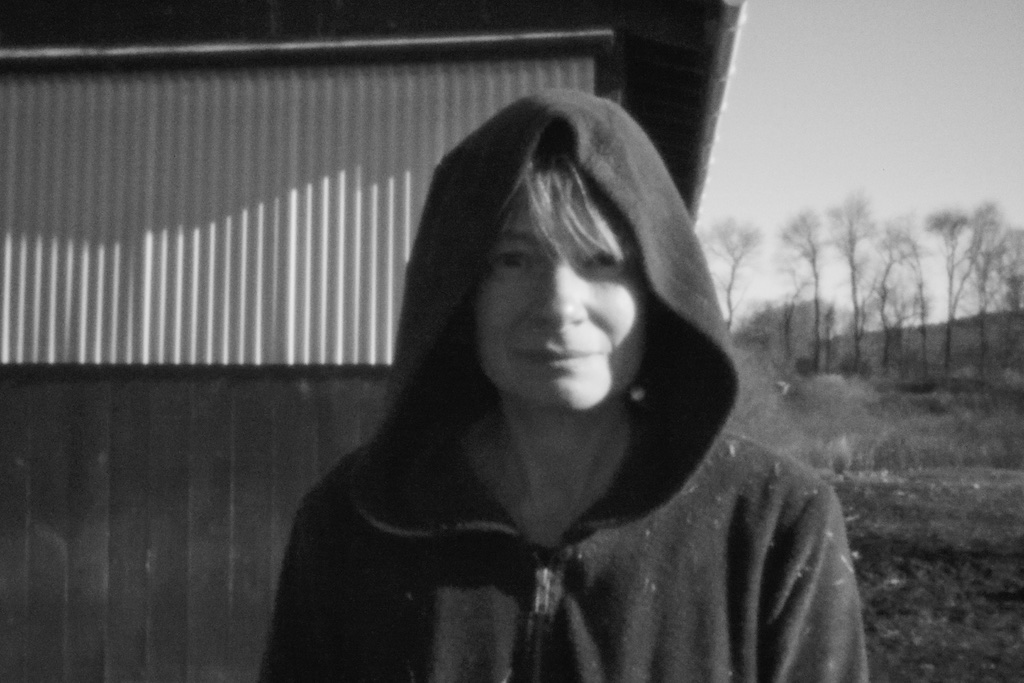
My First Pinhole Portrait. The Camera Obscura Effect Bedlam Farm
A camera obscura ( pl. camerae obscurae or camera obscuras; from Latin camera obscūra 'dark chamber') [1] is a darkened room with a small hole or lens at one side through which an image is projected onto a wall [2] [3] or table [4] opposite the hole. [2] [3] The image (or the principle of its projection) of lensless camera obscuras is also.

Camera Obscura
The OBSCURA is the perfect entry level pinhole camera and a great way to experience the magic of one of the oldest and truest forms of photography.. The OBSCURA is precision cut and formed from expanded PVC. The camera is made of two interlocking sections - the photographic medium is loaded into the bottom section, and then held in place by sliding in the top section, which is locked into.

origami obscura Camera obscura, Pinhole photography, Pinhole camera
Cut a hole (1cm x 1cm) in the centre of the Pringles can. Attach the pinhole plate to the outside of the can using 4 pieces of electrical tape so the hole will project onto the back of the can. Use an extra piece of tape with a fold at the end to seal the hole shut. This will act as your camera shutter. Tips.

Ilford Obscura 5x4 Pinhole Camera Review ePHOTOzine
Your Personal Pinhole Theater is actually a giant camera obscura (Italian for "dark room"), or pinhole camera. Light rays from the sun reflect off every point on every object—including, say, a tree. The rays from the tree then hit the outside of the box, except where they can pass through the pinhole.

Pergelator Camera Obscura
A camera obscura is the basis of any photographic camera, from a pinhole to a dSLR. A camera obscura is literally a dark (obscura) room (camera) with a hole poked into it, through which light can pass to create an image of the outside world on a screen. There are room-sized camerae obscurae in Bristol and Edinburgh, but they don't have to be.

Ilford Obscura Pinhole Camera Kit 1174029 B&H Photo Video
A home-made pinhole camera lens. A pinhole camera is a simple camera without a lens but with a tiny aperture (the so-called pinhole )—effectively a light-proof box with a small hole in one side. Light from a scene passes through the aperture and projects an inverted image on the opposite side of the box, which is known as the camera obscura.

Camera Obscura and the World of Illusions Matrise
This kind of camera is called a camera obscura-which is Latin for "dark chamber." The first camera obscuras were small rooms that were completely dark except for a tiny hole in a wall that let in a dot of sunlight.. The Home Scientists in the Graff family improved their Pringles® Pinhole by using a foam soda can holder as an eyepiece. It.
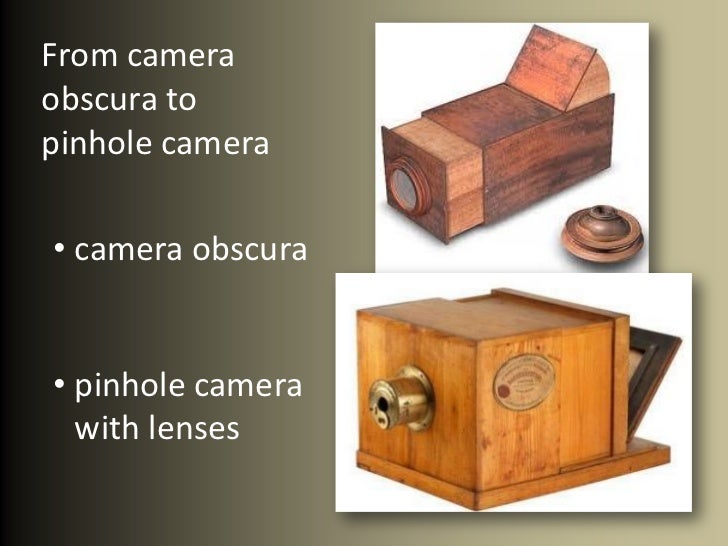
Camera obscura pinhole
A camera obscura, or a pinhole camera, is a simple device that is often thought of as a precursor to the modern camera. The camera obscura, Latin for "dark chamber", consists of a dark chamber or box with a small hole in one of the four walls (or the ceiling). The light passing through the small hole will project an image of a scene outside.
Agents of Change Camera Obscura Artland Magazine
Step 4: Find Your Focal Length and Pinhole Size. This is the critical step in the making of the camera. The pinhole must be exact, or the camera will not function at the best of its ability. To find your focal length, measure the depth of your container or tin. for an Altoids tin, the depth is 0.75 in.